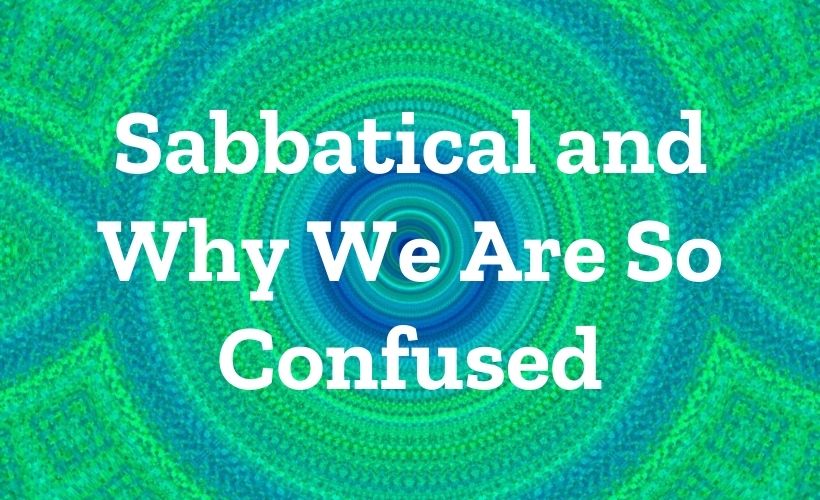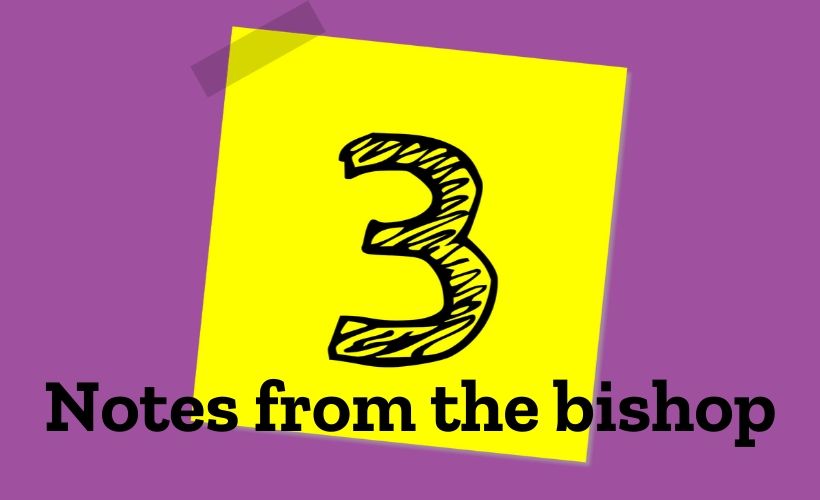Holy Week
My father-in-law always intrigued me with the stack of novels he brought to the beach for family vacations. Even more interesting was his habit of reading the last chapter first, wanting to know how the story ended, as the basis for determining whether or not he would read the whole book!
All of us know that Easter is the central festival of the Christian faith. We know how the story turns out. Not even death can thwart God’s love for us in Christ! That’s what Holy Week is about: the unfolding drama of the death and resurrection of our Lord. Reading the whole novel—better yet, becoming part of the unfolding of the whole story—is critical to setting the stage for the glorious final chapter.
So why do we have “Palm/Passion Sunday?” Churches were having high attendance on Palm Sunday, even higher on Easter. Good Friday typically draws one-third to one-quarter of the Sunday-on-either-side attendance. “Palm/Passion Sunday” was the 1977 green Lutheran Book of Worship’s (LBW) caving to culture to remind the lovers of “Hosanna” and “Alleluia” that Jesus does in fact die on the cross. So if you follow LBW or ELW (Evangelical Lutheran Worship) you get a processional gospel, a blessing of palms, probably “All Glory, Laud, and Honor,” and then at the Prayer of the Day, the service becomes somber and continues with the reading of the passion (suffering) of Jesus.
The following three services are actually one continuous service of the Triduum, the “Three Days”:
- Maundy Thursday’s name derives from the Latin for commandment, as in “mandate.” The themes are Jesus’ last night and supper with his disciples and his prayer in the garden and subsequent betrayal. The commandments include “love one another,” “do this for the remembrance of me,” and “you must wash one another’s feet.” ELW suggests individual absolution. (In many traditions priestly absolution in general is withheld entirely from Ash Wednesday until Maundy Thursday). Holy Communion is celebrated, and a rich liturgical option is the stripping of the altar in preparation for Good Friday.
- Good Friday features reading of the Passion, possibly the ancient Reproaches from the cross, the Adoration of the cross, and in ELW the ancient “Bidding Prayer.” More locally, many congregations observe a service of Tenebrae, darkness and shadows. The German observance is called Karfreitag, which literally means, from the old High German, “Grieve/Mourn Friday.”
- The Great Vigil of Easter happens on Holy Saturday after sundown. Think Christmas worship on Christmas Eve. Virtually lost in the American Lutheran experience until recently, this service begins in darkness around a Paschal Fire. The paraments and altar vessels are carried in dark procession. Salvation History is read, and baptisms are celebrated. There was a time in the life of the church when baptisms were celebrated ONLY at Easter Vigil, and a main Lenten focus was preparation of candidates for baptism. The lights come up with festive ringing of bells and singing as Easter celebration begins, including Holy Communion! Traditional Easter Vigil services last about 3 hours. The more common “Sunrise service” is a remnant of the ancient Vigil.
- Easter Sunday celebrates the Resurrection of Jesus. It always falls on the first Sunday after the first full moon after the spring equinox, so it can be as early as March 22 and as late as April 25.
Please be kind to your church staff, musicians, and altar guild and allow them a little respite after Holy Week. Liturgically, it’s their hardest week of the year!
Walking with you,
Bishop Tim Smith



